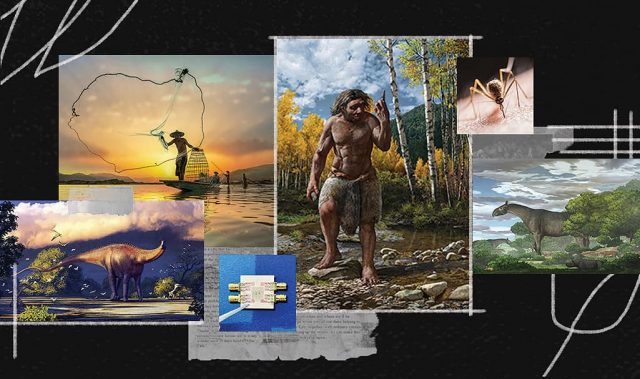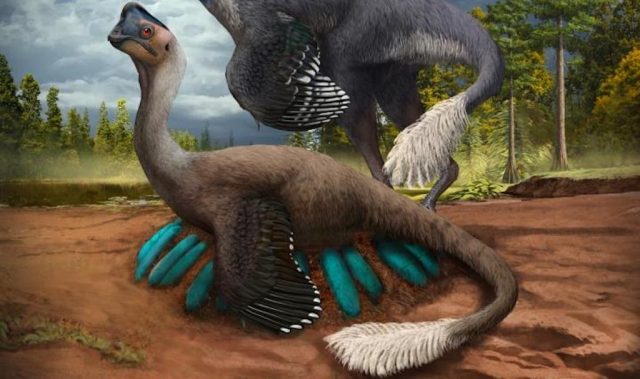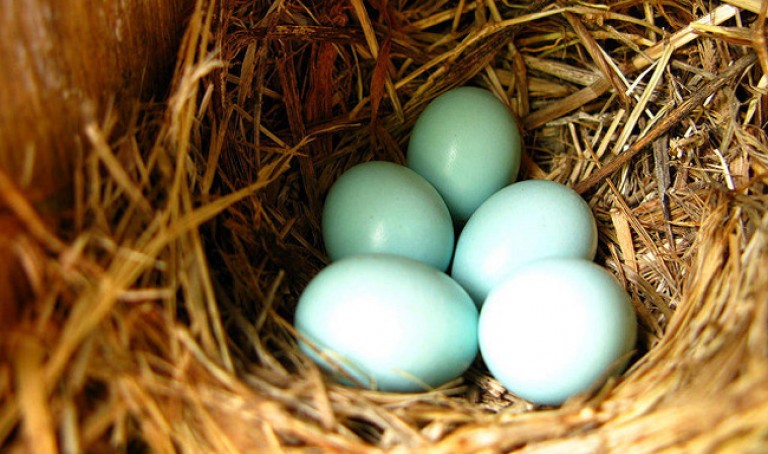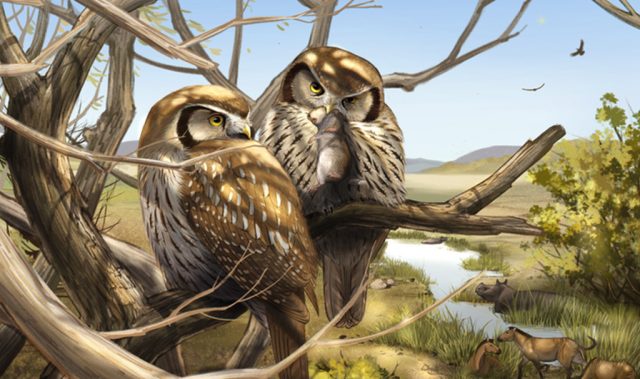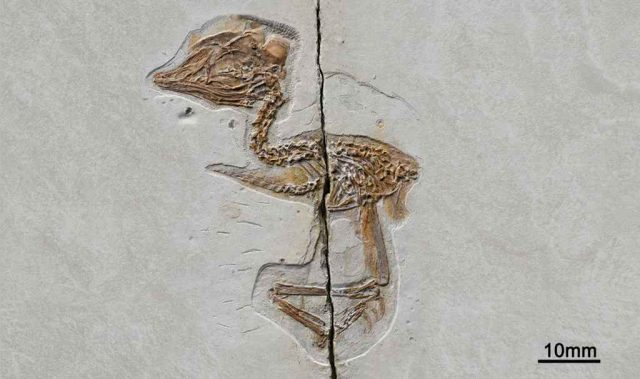
Avatar’s flying reptiles soared in ancient China
Paleobiologists have identified a new species of flying reptile that lived over 120 million years ago in the Aptian Jiufotang Formation in northeastern China. Their findings have been published in Scientific Reports.
Pterosaurs represent the first group vertebrates to evolve powered flight. Though they are known to have existed across all the continents, their fossil record is poor and uneven.
“This pterosaur probably fed on fishes from nearby freshwater lakes by flying low over the water, capturing its prey by lowering the mandible (jaw) in the water,” lead author Professor Wang Xiaolin told Asian Scientist Magazine.
According to Wang, perhaps the most interesting discovery is that these new pterosaurs have been seen before—on film. The science fiction movie Avatar featured flying creatures called “ikran” sporting similar, hooklike mandibular crests. This led the researchers to name the new pterosaur species Ikrandraco avatar.
Jurassic “squirrels” push back evolution of mammals
The discovery of three new small squirrel-like species in China has lent support to the idea that mammals originated at least 208 million years ago in the late Triassic, much earlier than some previous research suggests.
The three new species—Shenshou lui, Xianshou linglong and Xianshou songae—are described from six nearly complete 160-million-year-old fossils found in China. The study was published in Nature and led by scientists at the American Museum of Natural History and the Chinese Academy of Sciences.
“For decades, scientists have been debating whether the extinct group, called Haramiyida, belongs within or outside of Mammalia,” said co-author Dr. Meng Jin, a curator in the Museum’s Division of Paleontology.
“Based on these fossils, we now have a good idea of what these animals really looked like, which confirms that they are, indeed, mammals.”
The oldest poo in Japan
A study of fossilized feces, more politely known as “coprolites,” has revealed the complex marine ecosystem that once existed in what is modern day Japan. The study documenting these findings has been published in the journal Palaeogeography, Palaeoclimatology, Palaeoecology.
Postdoctoral fellow Dr. Yasuhisa Nakajima at the University of Bonn in Germany and graduate student Mr. Kentaro Izumi at the University of Tokyo found more than 60 coprolites from an Early Triassic marine stratum called the Osawa Formation in Minamisanriku Town, Japan.
The variety in coprolite size, ranging from a few milliliters to seven centimeters in maximum dimension, suggest that the producing animals also varied in body size, representing a complex marine ecosystem with primary producers, primary consumers, small vertebrates and larger predators.
——
To read more, subscribe to Asian Scientist Magazine in print and receive four issues of Asian Scientist Magazine delivered directly to your mailing address for 12 months, inclusive of taxes and postage.





